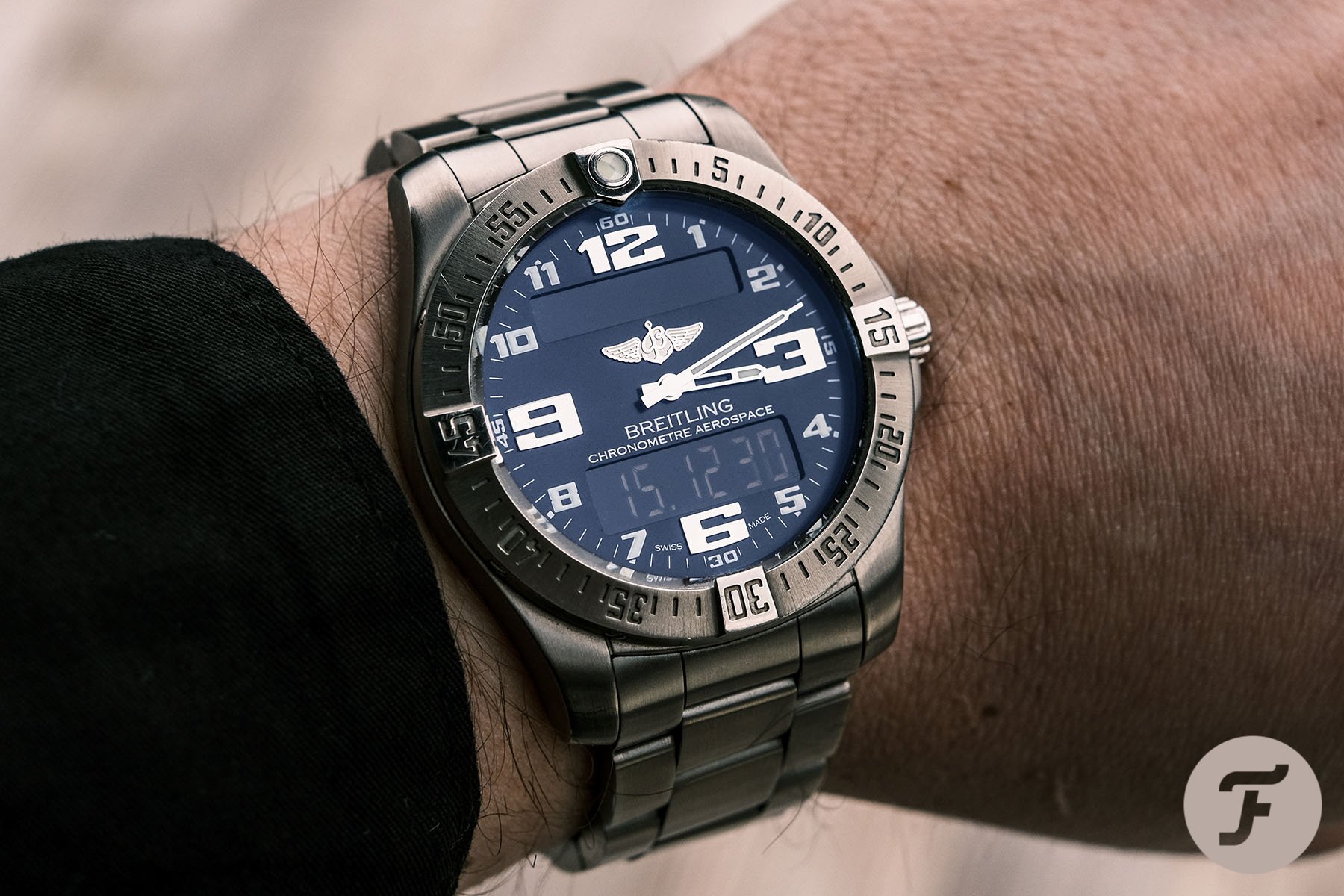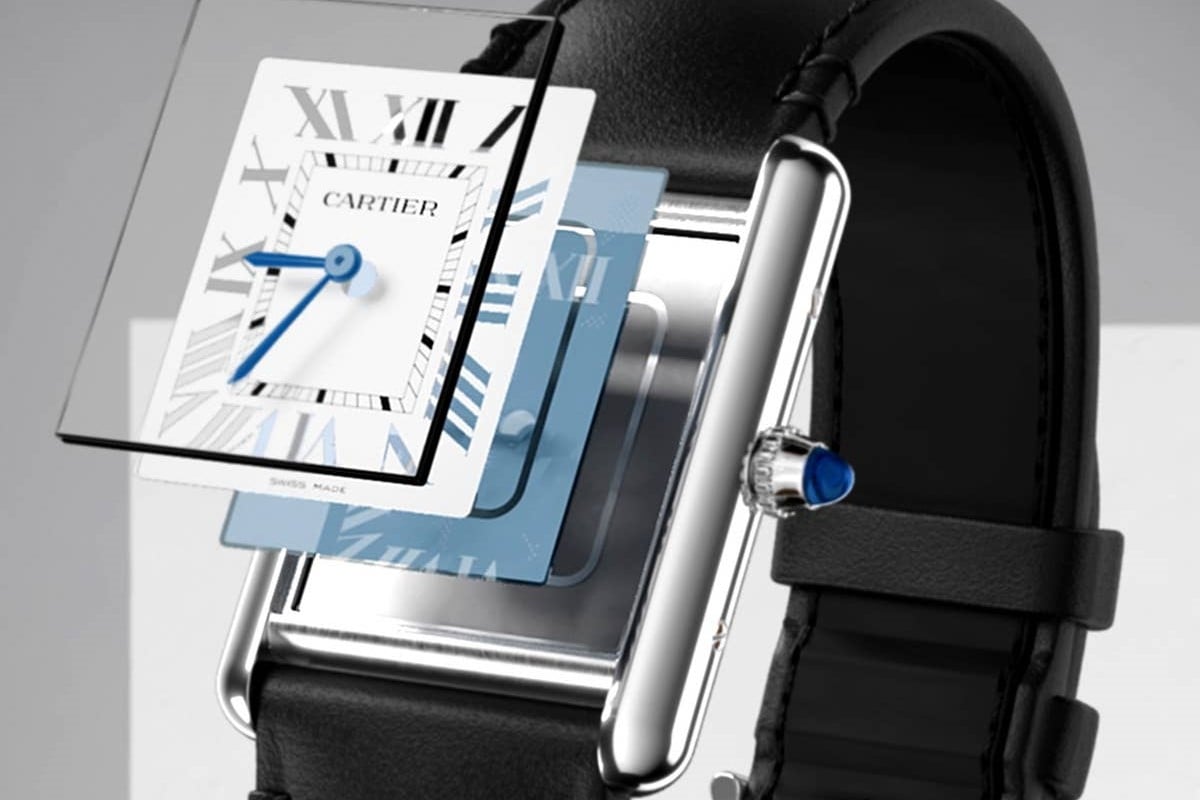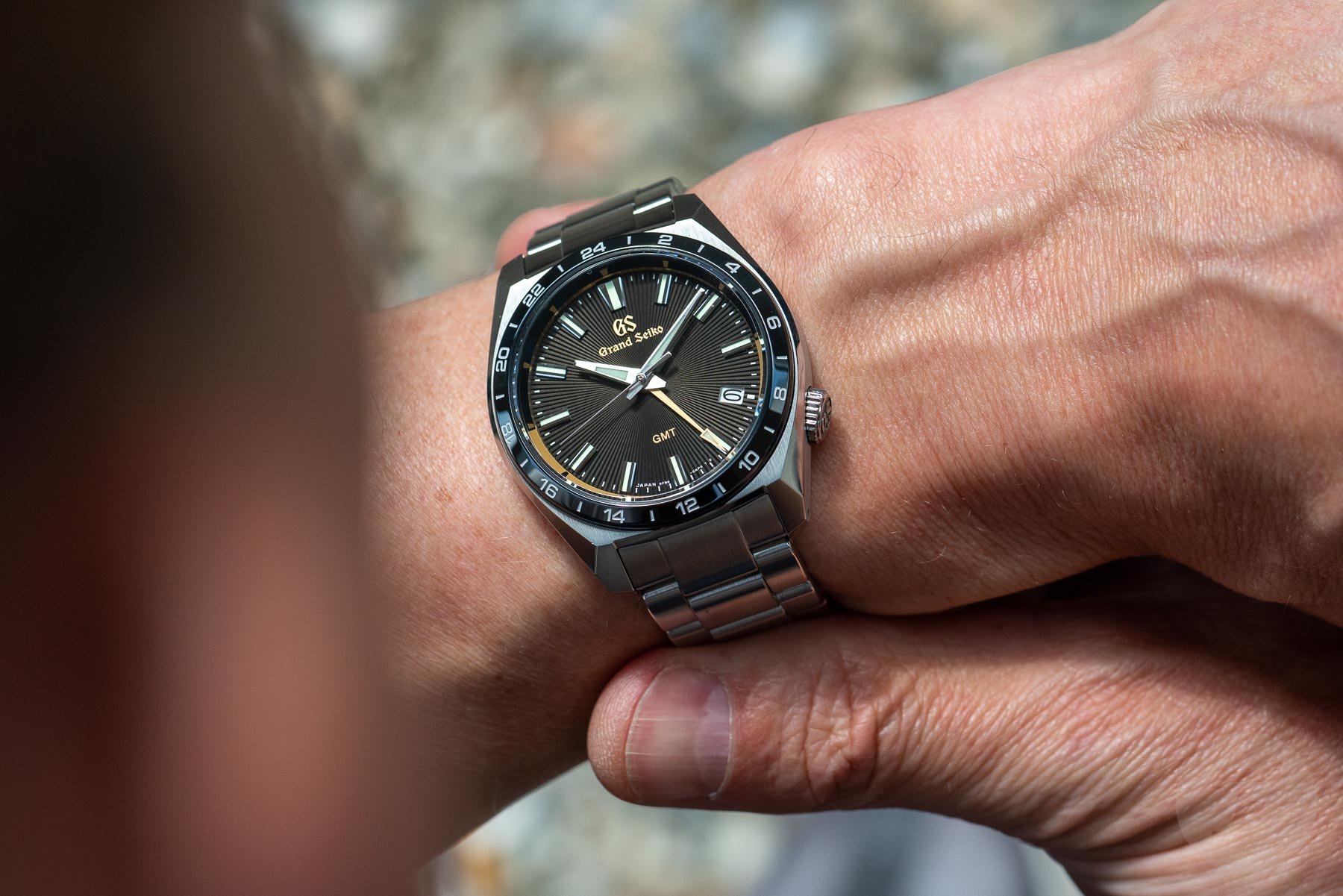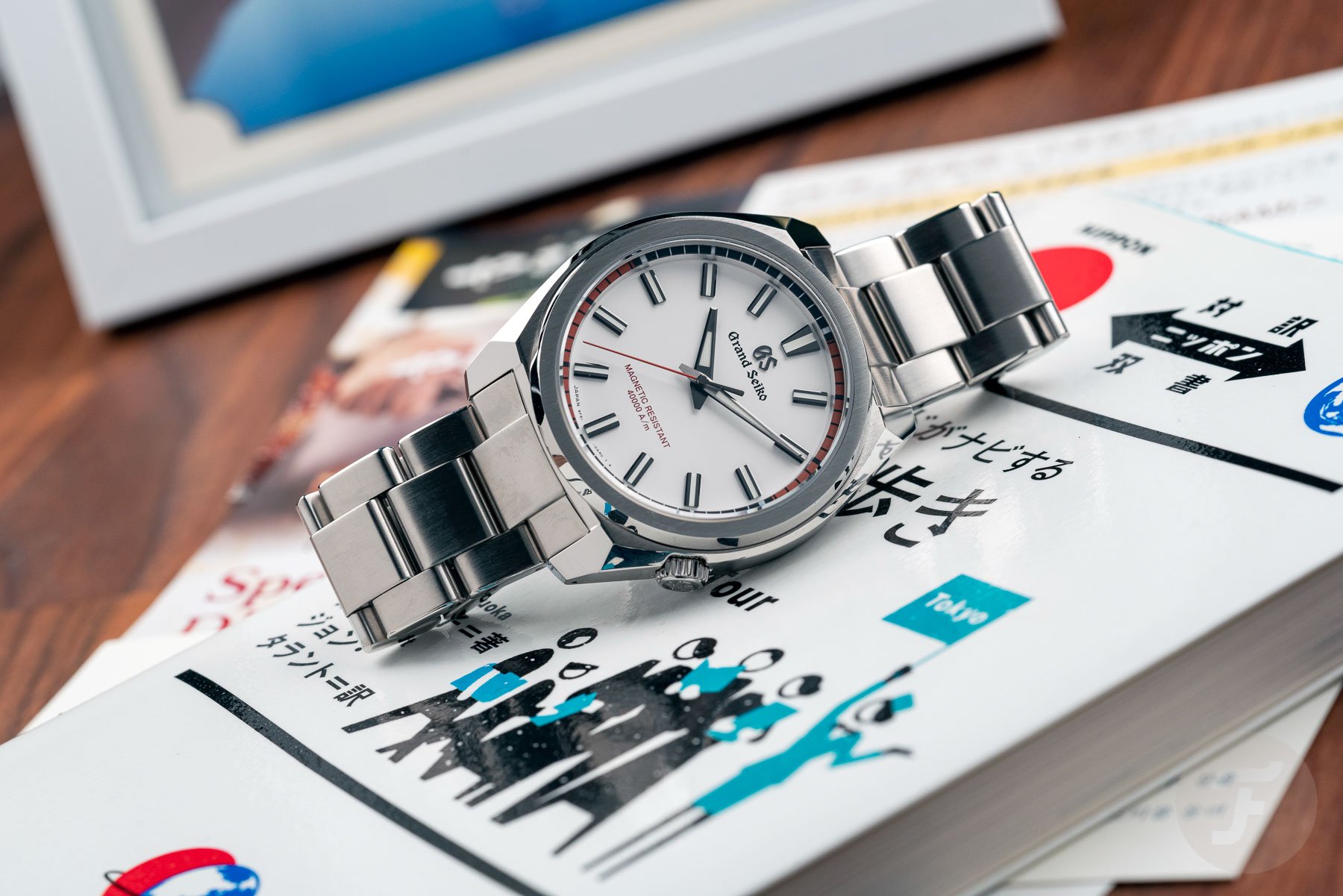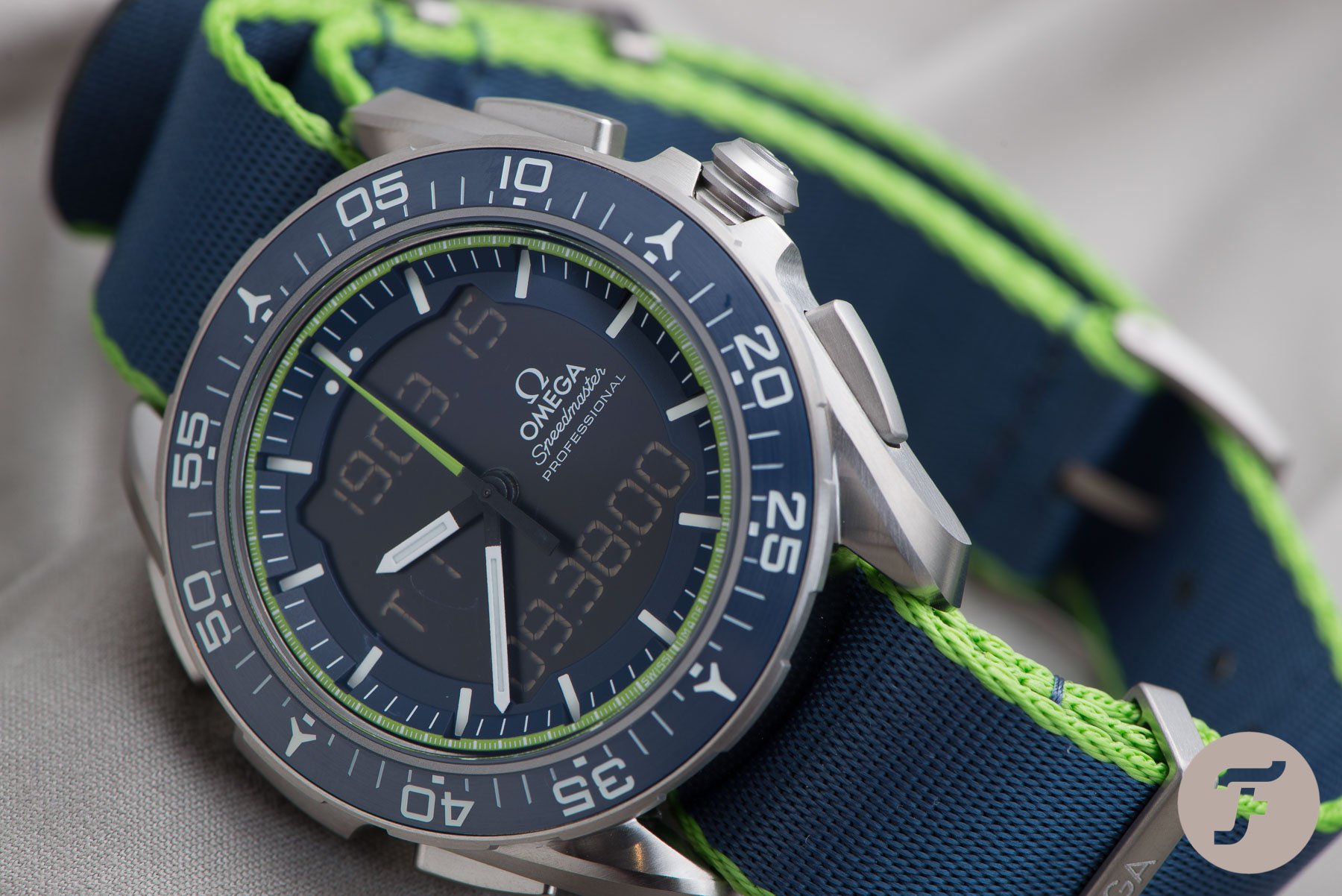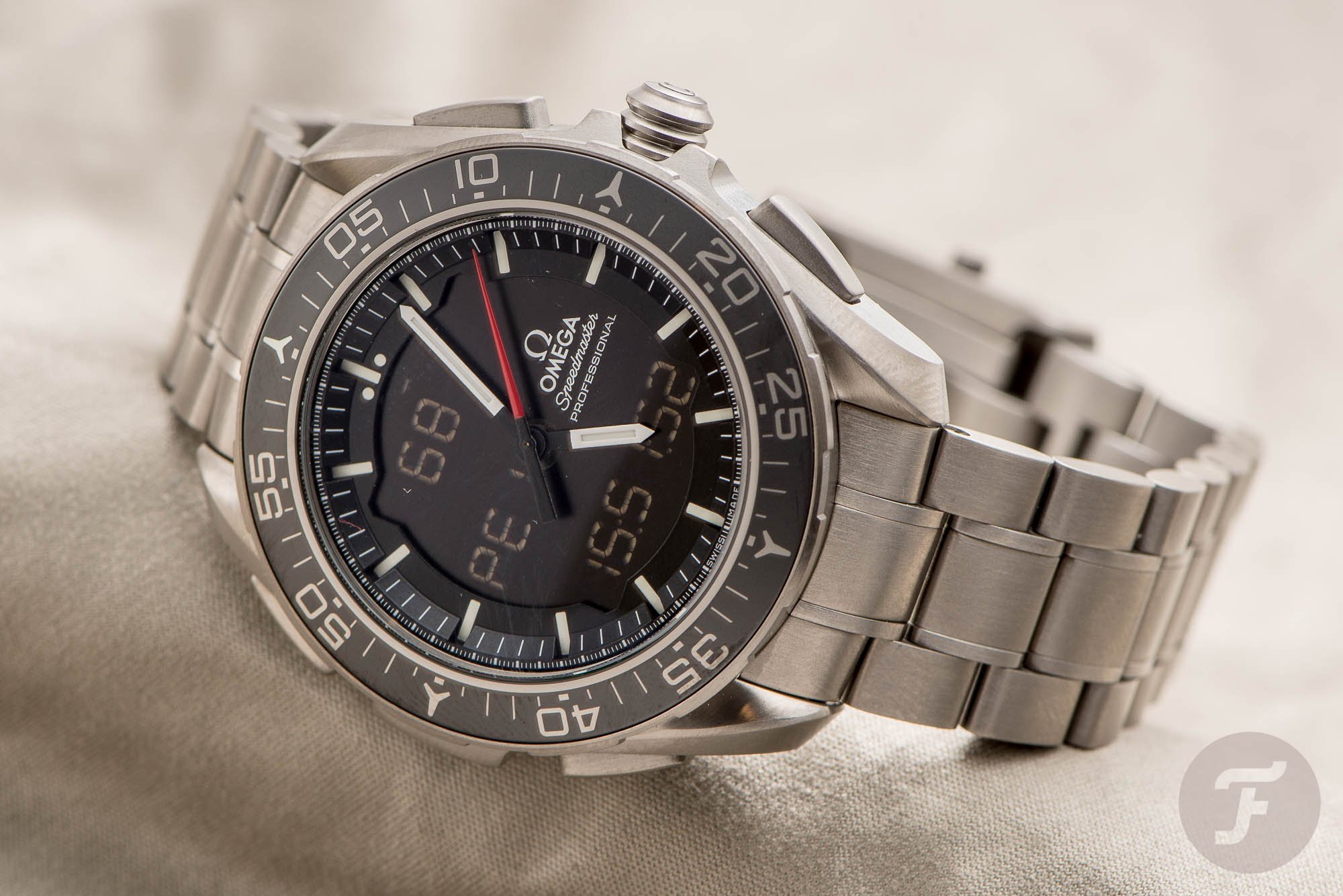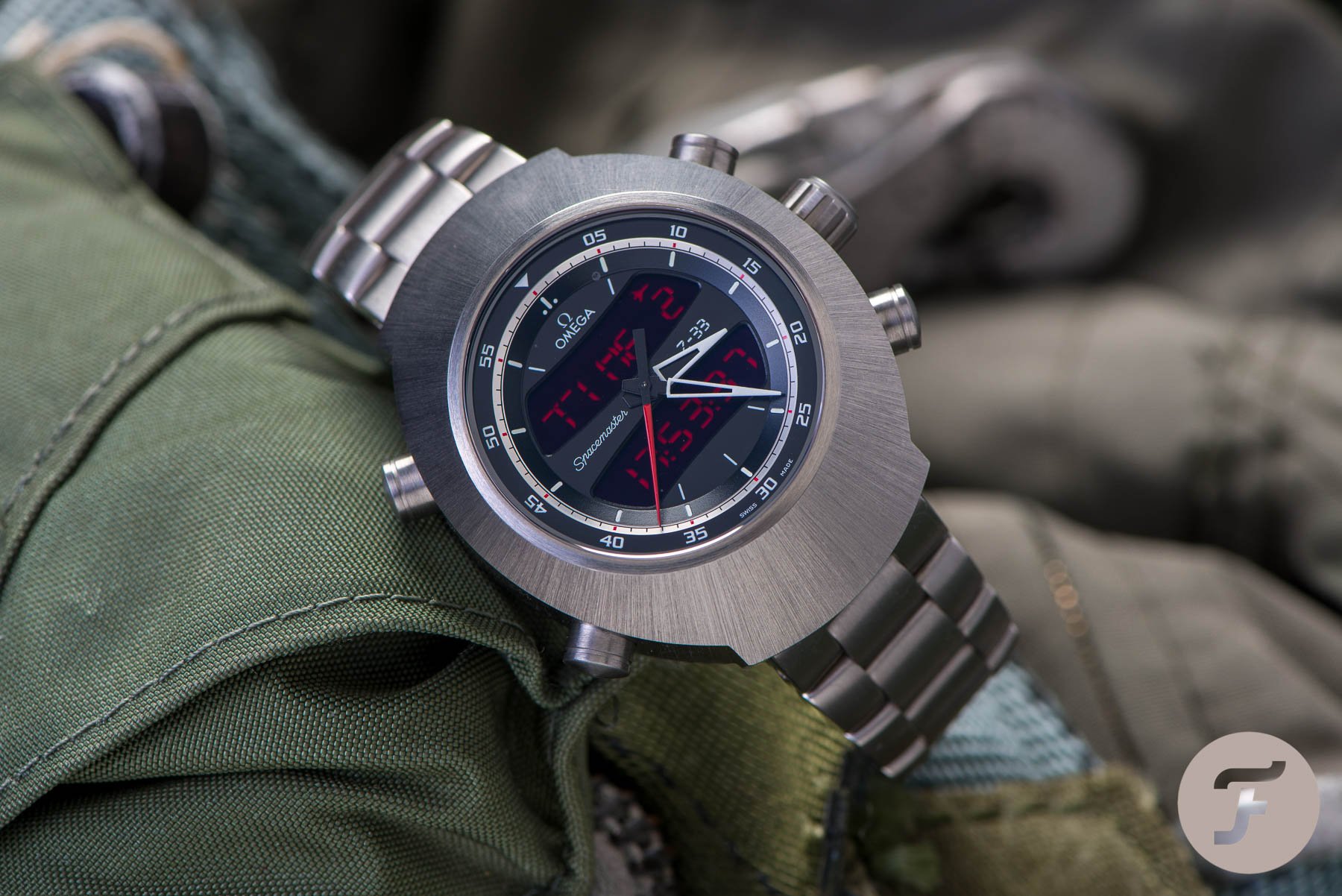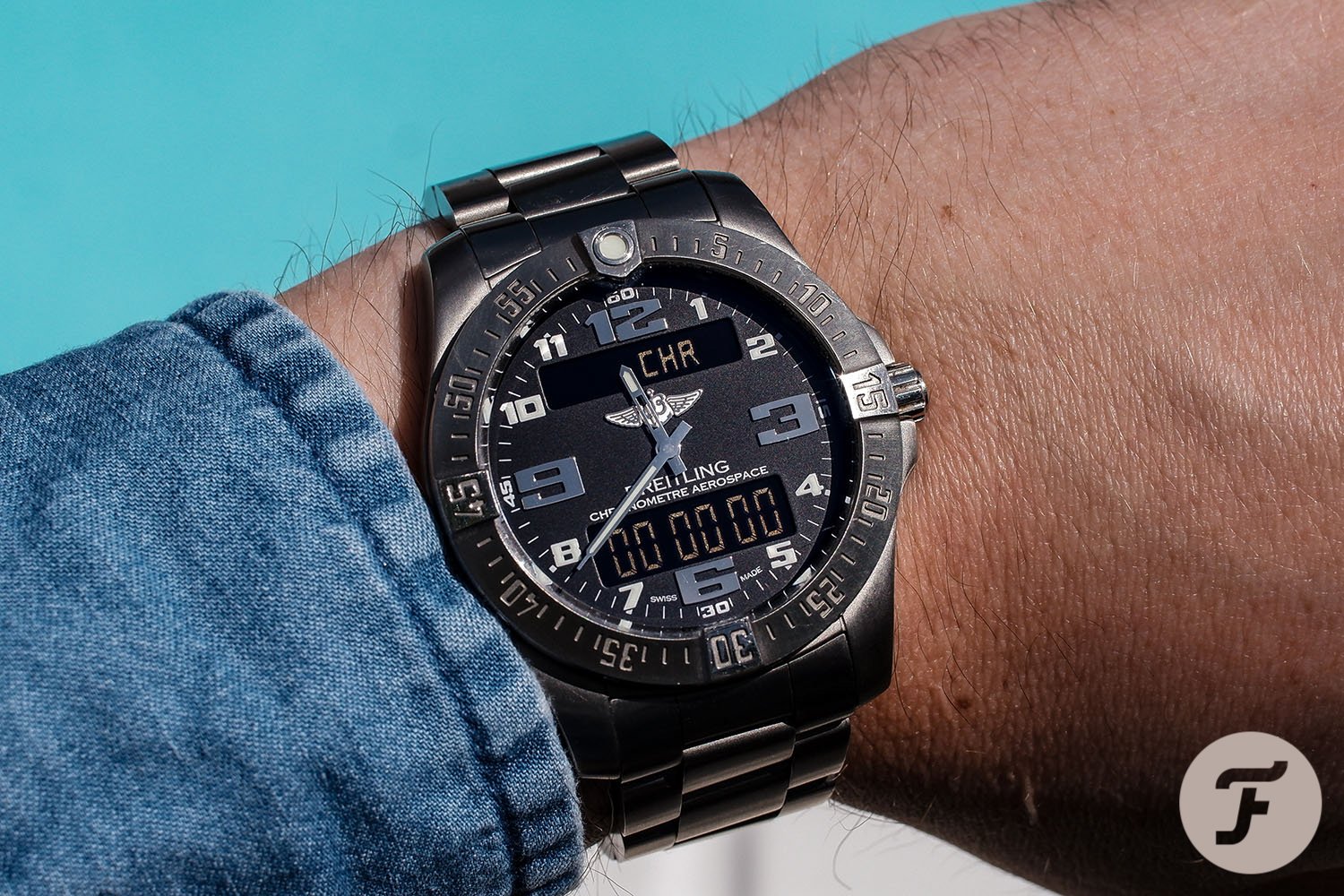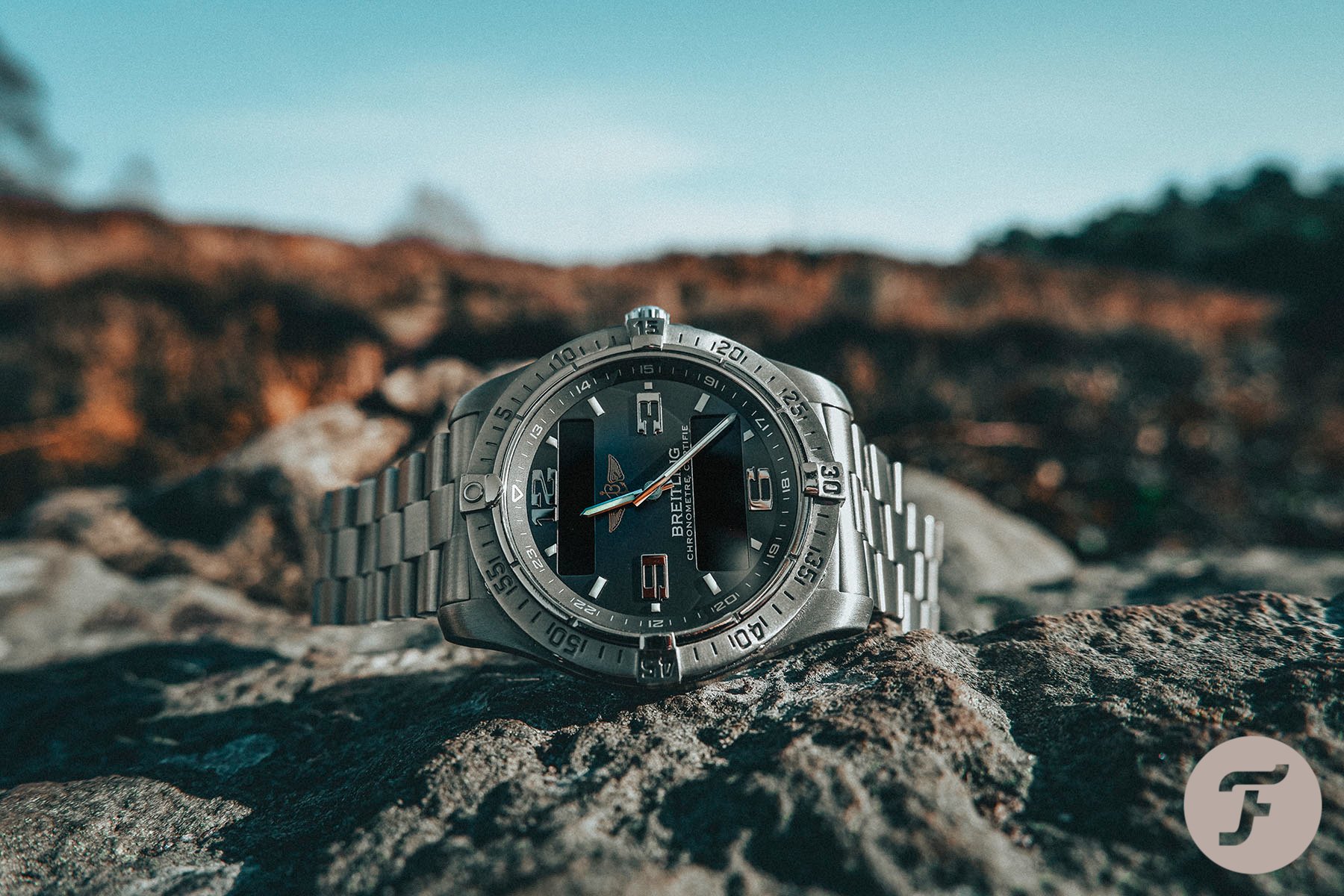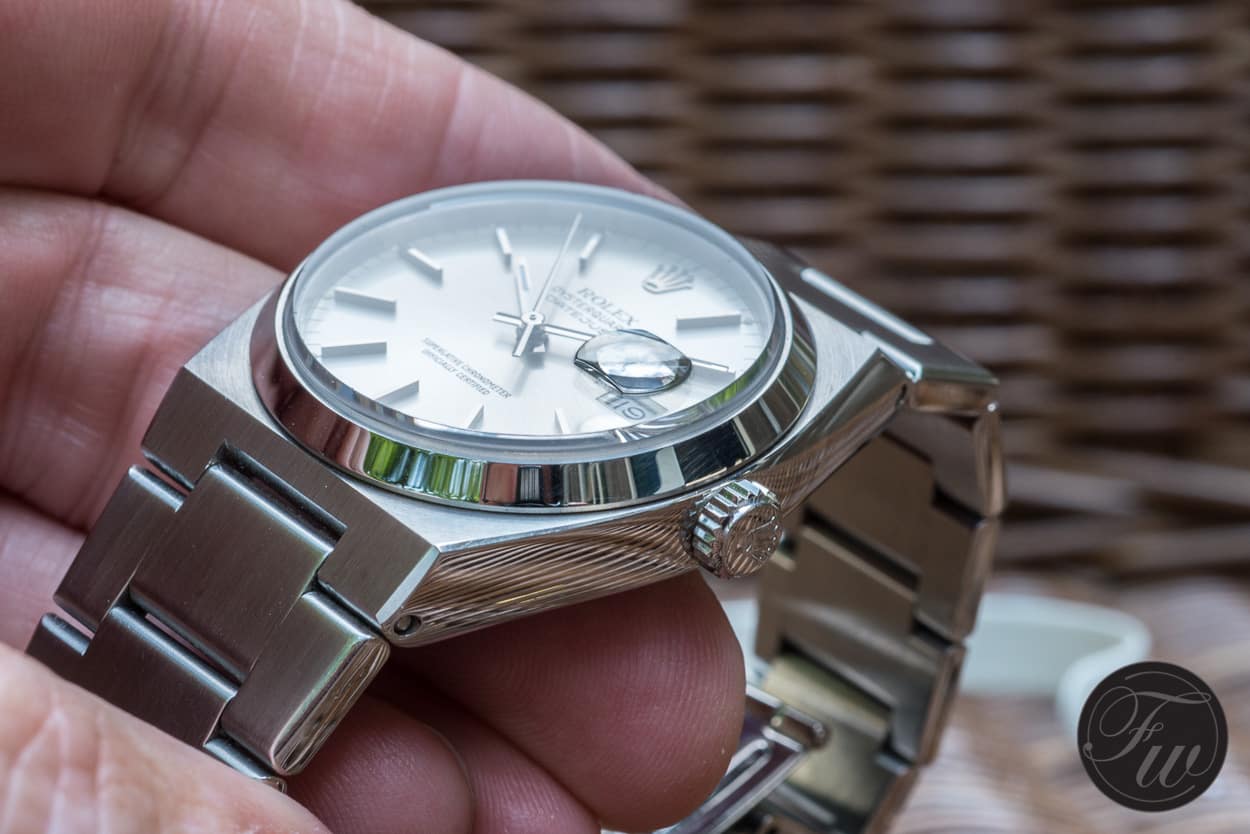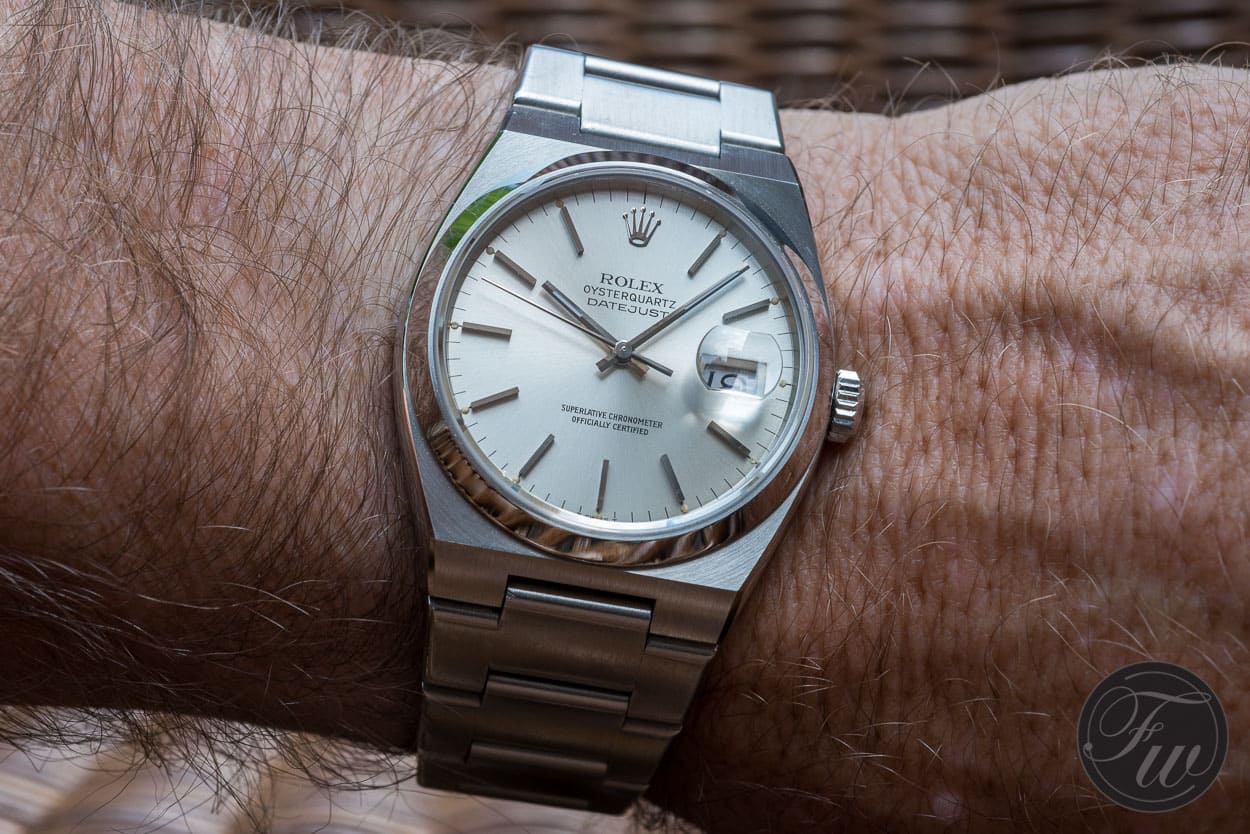We Need Luxury Solar-Powered Quartz Watches From Rolex, Omega, Breitling, And Grand Seiko
The protest at Fratello HQ yesterday started out in good spirits with the more progressive editors marching through the office merrily and optimistically chanting,“We want solar power! We want solar power!” But it didn’t take long for the situation to turn grim. That’s when the purist defenders of the traditional, mechanical side of watchmaking started shouting slogans like, “Quartz is dead!” For a moment, it looked like things would spiral out of control, but in the end, we watch fans, no matter how fanatical, are reasonable people. And that’s why we, in the end, and over a cup of coffee, pondered the question of both if or why we need luxury solar-powered quartz watches from Rolex, Omega, Breitling, and Grand Seiko.
Do quartz movements belong in luxury watches? It’s a discussion that has been raging on for many decades, and of course, we’ve also written about this delicate matter. The recent debate at Fratello HQ sparked my imagination regarding solar-powered quartz watches. I, for one, think a high-end quartz movement that does away with the standard battery is the next step for watchmakers in the upper segment that already have quartz models in their collections.
Solar-powered watches — how it all started
With the introduction of the Astron in 1969, Seiko established itself as the pioneer of quartz watches. Thus, you would expect that Seiko was also the first to launch the next-generation electronic calibers foregoing traditional disposable batteries. Surprisingly, however, it was the American company Ragen Semiconductors that, in 1972, launched the Synchronar 2100 — the world’s first LED watch with built-in solar cells. And four years later it was Citizen that introduced the Crystron Solar Cell, the world’s first analog solar-powered watch. Seiko followed relatively late in 1977. But it was Seiko that, in 2012, launched the GPS Solar Astron, the world’s first GPS solar watch. And the brand has been perfecting the movement ever since.
From light to time
Solar watches work by converting light energy into electronic energy via a specially designed photovoltaic (PV) system. As detailed in this article by Alternative Energy Tutorials, when light hits the solar cell that is positioned right beneath the dial, “the electrons freed by the interaction of the sunlight with the semiconductor material creates an electron flow as the free electrons move together around an external circuit.” Voltage provided by the solar cell’s “internal electric field” combines with the electron flow to produce electrical energy. This energy is then passed to a battery, where it is stored and slowly released to power the movement.
The 2021 Tank Must SolarBeat looks every bit like a classic Cartier, with its perforated Roman numerals allowing light to reach the photovoltaic cells.
You could argue that a €2,300 Seiko Astron GPS Solar is not a true luxury watch since its sits in a collection that holds both entry-level and high-end models. Therefore, I want to give Cartier the credit for producing the first full-on luxury watch powered by light. The 2021 Tank Must SolarBeat looks every bit like a classic Cartier, with its perforated Roman numerals allowing light to reach the photovoltaic cells. With its true-to-Tank form and legendary looks, you’d hardly guess it was powered by the “breath of light.”
Embracing quartz
It took Cartier two years to integrate the SolarBeat movement into the Tank Must. With its potential 16 years of solar-powered battery life, I’m sure the caliber will find its way into other Cartier watches too. The watch was well-received due to its uncompromised looks; no complaints regarding the movement diluting the luxury feel that comes with a Cartier. Fans of Grand Seiko — arguably people who look at watches more from a watchmaking perspective than a luxury one — have almost all embraced the 9F quartz movement. There’s a bit of tradition there that helped fans of the brand ease into a battery-powered “GS”. It all started in 1988 with the introduction of quartz caliber 95GS. Five years later the 9F debuted, a movement that is still today one of the most refined quartz movements anywhere.
A movement tight like a drum
The caliber 9F is a high-end movement worthy of a premium watch with an equally premium price. In terms of finishing and craftsmanship, it’s a high-end caliber because it’s built, finished, and assembled by hand — indeed, just like a traditional mechanical movement. But its construction and technical qualities are also equally great; it’s hard to beat a deviation of ±10 seconds a year! And the specially regulated 9F movement you see in some limited edition Grand Seiko models — look for the five-pointed star on the dial — are even rated to ±5 seconds a year. I think the 9F is a dream of a movement, and I write this with a look at my Grand Seiko Tough Quartz SBGX341. And what I see is a central seconds hand that moves in a very precise and controlled way. It hits every seconds marker spot on and tight like a drum.
We need more power!
What’s also interesting is that the large and relatively heavy hands in a Grand Seiko quartz watch require a bit of power to turn smoothly. A standard quartz movement with a single-impulse motor won’t be able to do it. But the different 9F calibers each have a twin-impulse motor that produces the extra torque needed to make it happen.
A solar-powered movement beneath its matte white dial would make my watch even more perfect …
So, is the 9F the pinnacle of quartz perfection? Well, in about three years’ time, my SBGX341 will require a new battery and I will have to miss my trusted time companion for a bit. But if that watch had a solar-powered version of the 9F — say, an upgraded version of the caliber V157 you will find in some interesting Prospex models like the Solar Tuna SNJ025P1 — I would be spared that pain. A solar-powered movement beneath its matte white dial would make my watch even more perfect. And I know GS can do it!
Begging for something solar-powered
Two other watches that practically scream and beg for a solar-powered movement, if you ask me, are the Omega Speedmaster Skywalker X-33 and Spacemaster Z-33 — both €5,300 watches in oversized titanium cases. The 45mm Skywalker X-33 uses caliber 5619, a thermo‑compensated, multi‑functional quartz movement with special functions developed, tested, and qualified by the European Space Agency (ESA). It powers the analog hands and the LCD that allows you to keep track of three different timezones, as well as the chronograph, timer, MET (Mission Elapsed Time), PET (Phase Elapsed Time), three alarms, and perpetual calendar functions. The downside of all of these functions, however, is a somewhat disappointing two years of battery life.
The ESA-qualified X-33 isn’t suitable for a spacewalk because the LCD can’t handle a temperature of -270.45° Celsius. But as long as you stay inside the space station, you’re fine. And it would be even better if your watch were powered by light. I imagine it would be quite useful for a very long-term stay in space.
Pilots who program
The Omega Spacemaster Z-33 has the same shortcomings as the Skywalker X-33 — if you consider the fact that you can’t wear your watch on your spacewalk a shortcoming. The bold 43mm diameter Z-33 has a 53mm lug-to-lug length. The XL watch is based on the legendary Omega “Pilot Line”, which began with the Flightmaster of 1969.
Inside the grade 5 titanium case, Omega put the caliber 5666, a quartz movement with dedicated pilot functions. Floating above the digital dial is a set of analog hands that are adjusted via the crown at 3 o’clock. The four pushers and crown command a plethora of functions. They include UTC and two timezones, an alarm, a chronograph, and a countdown timer. Practicing pilots will appreciate the self-programmable professional pilot functions to log up to ten flights and visualize those logs with date-hour indications. I think a new generation of Z- and X-33s would benefit from a movement not powered by a typical disposable battery.
More happy pilots
Since we’re in the cockpit now, one of the most popular watches amongst pilots is the Breitling Aerospace. The watch has quite the reputation, despite its quartz movement, because it’s a veritable tool watch with functionality that outshines the luxurious aspects. Making it even more functional and more user-friendly by using solar cells would make it a pilot’s watch nec plus ultra.
… an updated version of the in-house, COSC-certified SuperQuartz movement driven by light …
There’s plenty of light above the clouds to charge the battery. And pilots who are often far from home and have irregular schedules would also benefit from the very long service interval of the new “Aerospace SolarForce”. Do you think coming up with a name will help Breitling in the decision-making process? There are a lot of watches in the Professional series that would greatly benefit from an updated version of the in-house, COSC-certified SuperQuartz movement driven by light inside the (Breitlight) case.
Non-solar-powered efforts from Jaeger-LeCoultre, Swatch, and Panerai
What’s unfortunate for both watch brands and sellers is that the laws of physics apply to mechanical watches. Friction in a movement causes wear, no matter how slippery the silicon or artificial diamond components may be. And the mechanism will surely need servicing at some point. But that didn’t discourage Jaeger-LeCoultre from building the 2007 Extreme LAB and 2013 LAB 2, both outfitted with lubricant-free movements. It also didn’t stop Swatch from launching the Sistem51 in 2013. The automatic Swatch with just 51 movement components is made to work service-free for twenty years. And four years later, Panerai presented the Lab-ID Luminor 1950 Carbotech 3 Days. It was a limited edition of 50 pieces with a completely lubricant-free movement, with a 50-year service interval and guarantee, and a price of €50K. That’s the thematic/symbolic price you pay for user-friendliness.
Rolex Oysterquartz 2.0 – A pipe dream
As I wrote before, Cartier’s SolarBeat movement has a claimed battery life of 16 years. But an updated version of that movement could potentially work trouble-free for three times longer. I’m sure Cartier wants to replace its current standard quartz models with SolarBeats. Why not develop a chronograph or retrograde version of that SolarBeat movement? And that brings me to my final question: is Rolex working on a solar-powered version of the Oysterquartz? I hope so, but I don’t think so. And that’s because Rolex extended the recommended service interval for its watches from five to ten years.
… a new Rolex Oysterquartz is nothing more than a pipe dream.
Rolex’s focus is on optimizing and evolving its mechanical movements. I don’t think solar-powered successors of the in-house quartz Caliber 5035 and 5055 are in the pipeline. And that, unfortunately, leads to the conclusion that a new Rolex Oysterquartz is nothing more than a pipe dream. Rolex won’t be part of the solar-powered Quartz Revolution I’m preaching. And that’s too bad, don’t you agree?
Please find and follow me at Lex Stolk • Instagram

